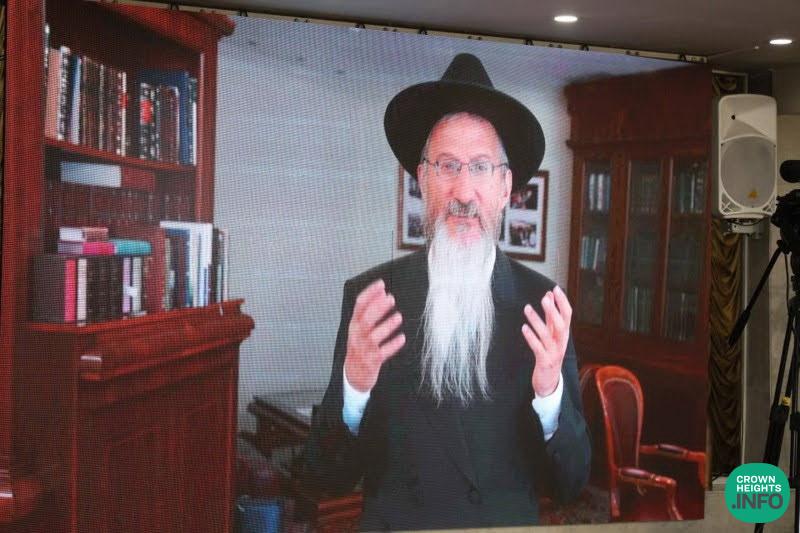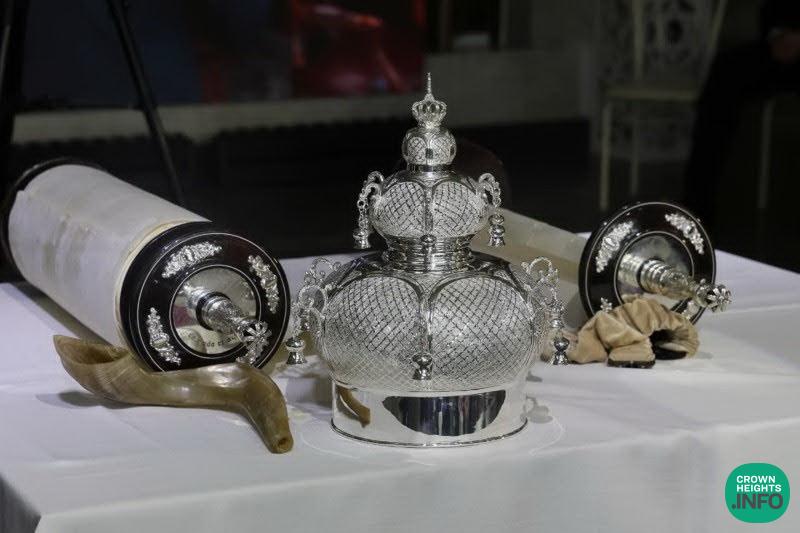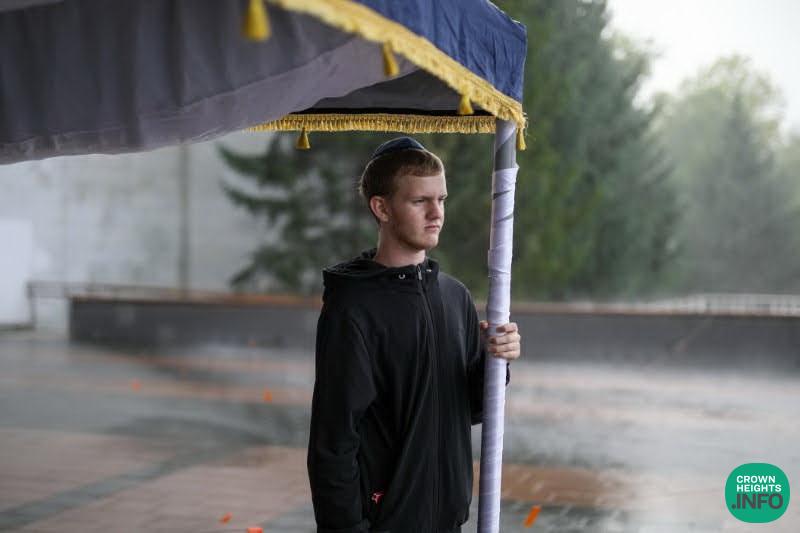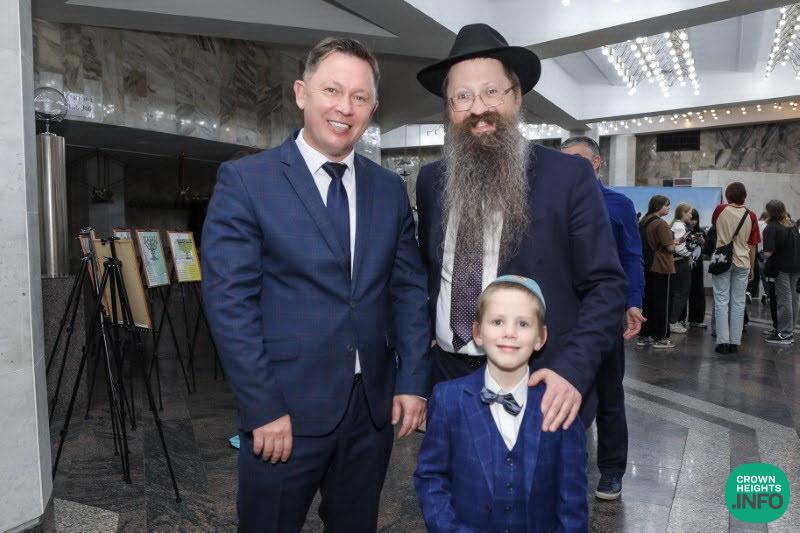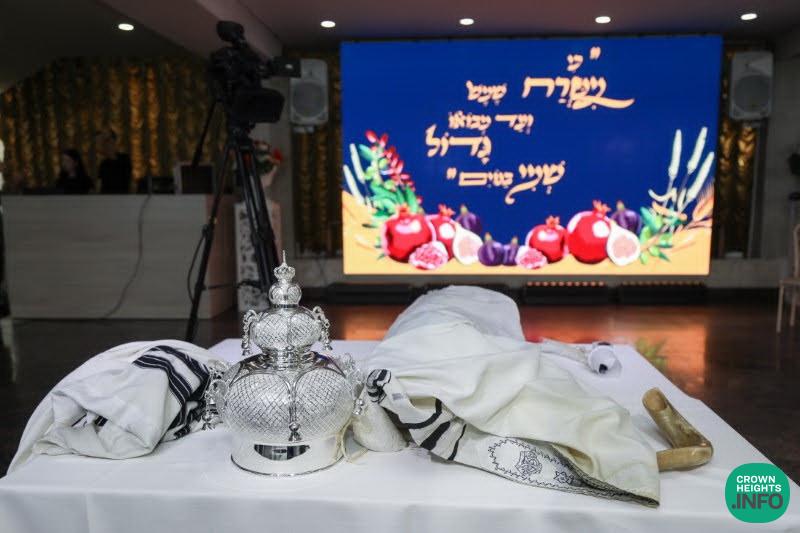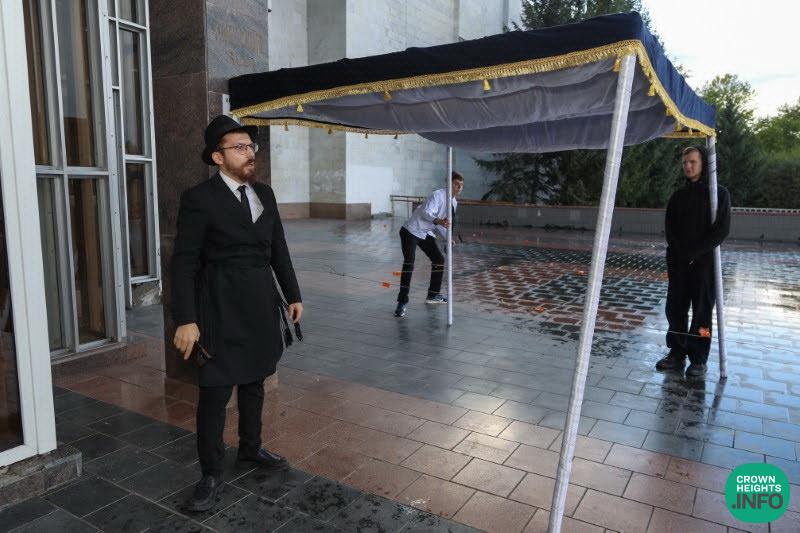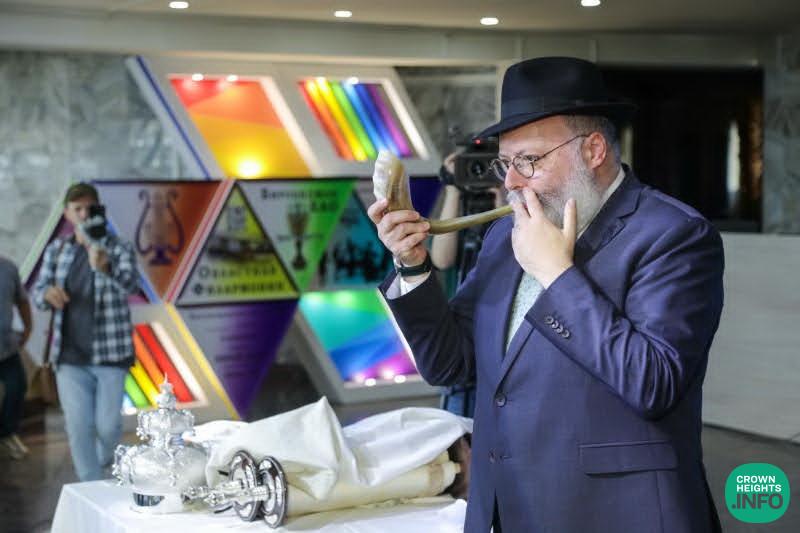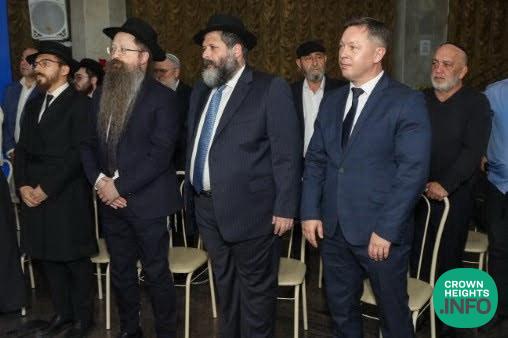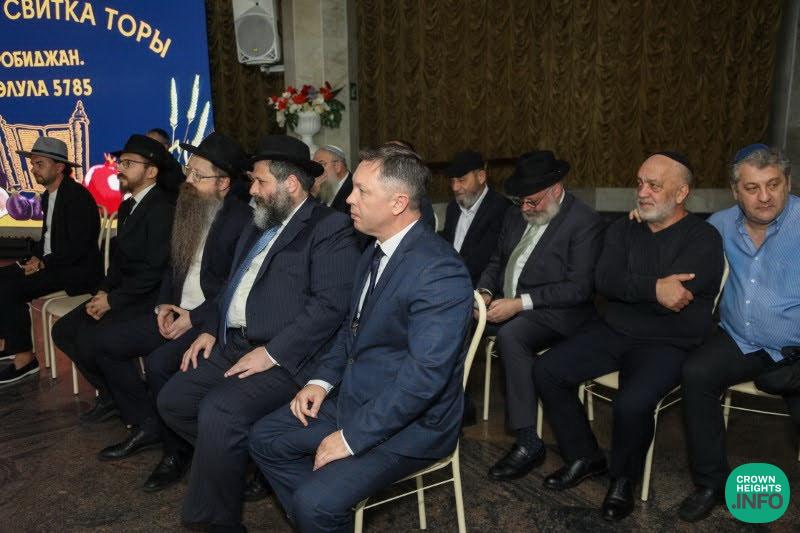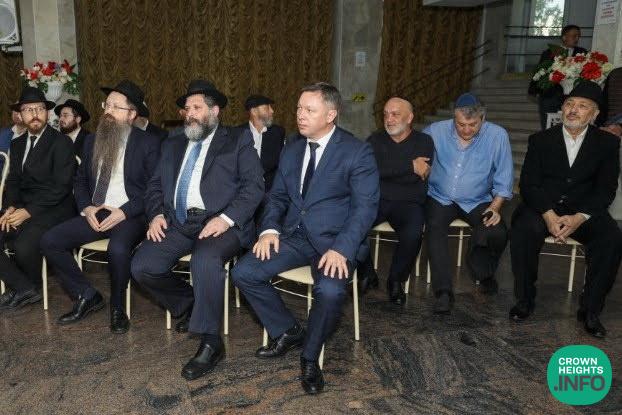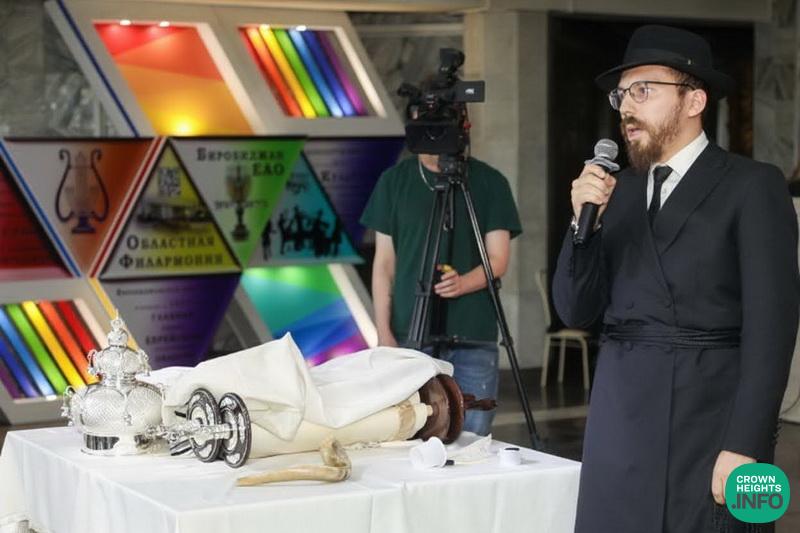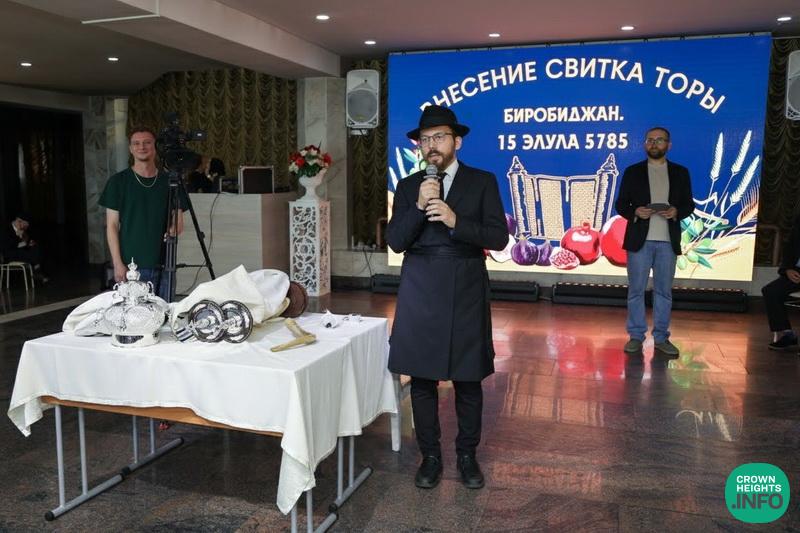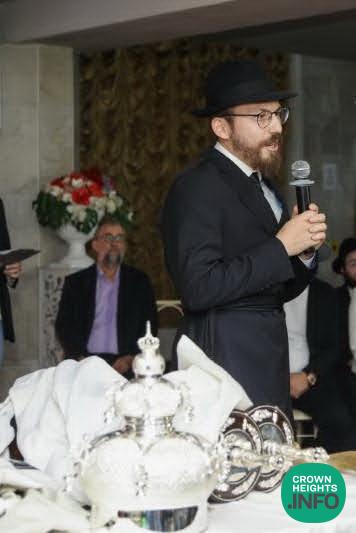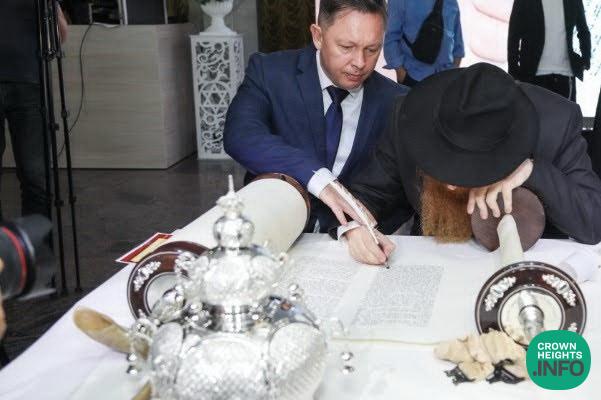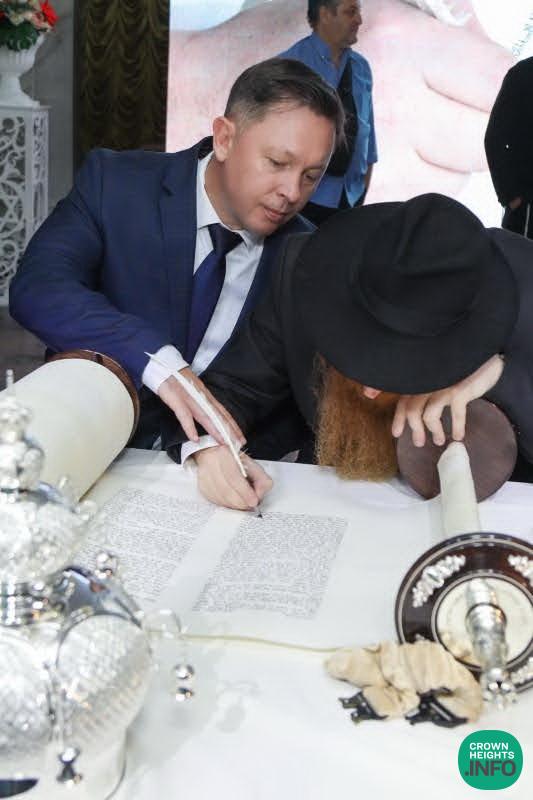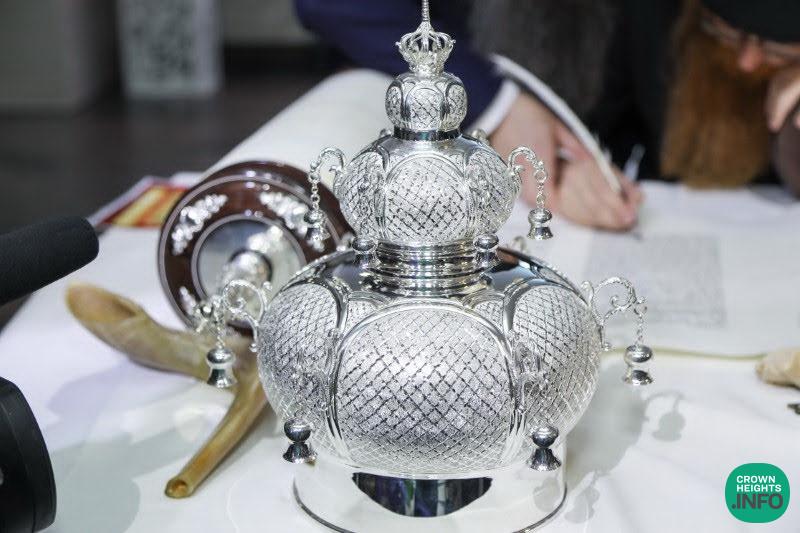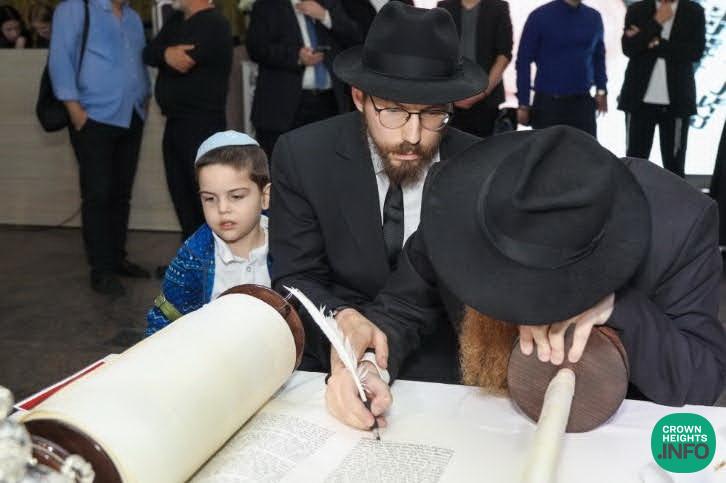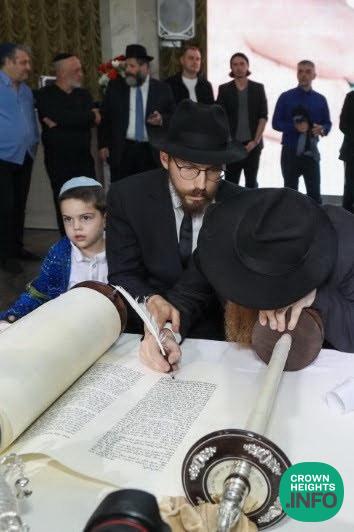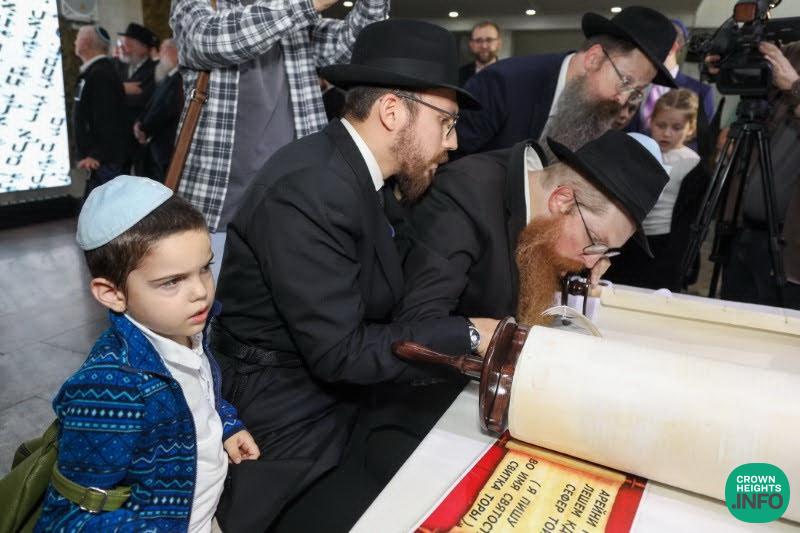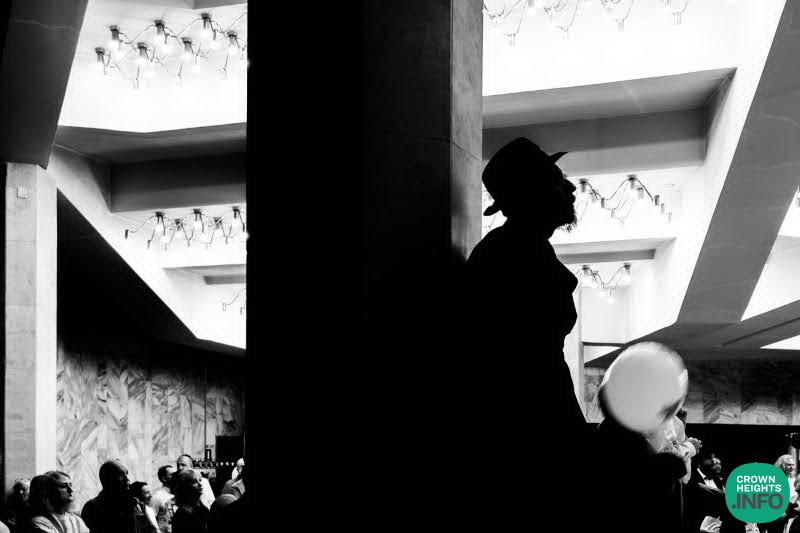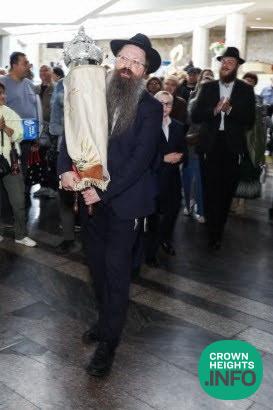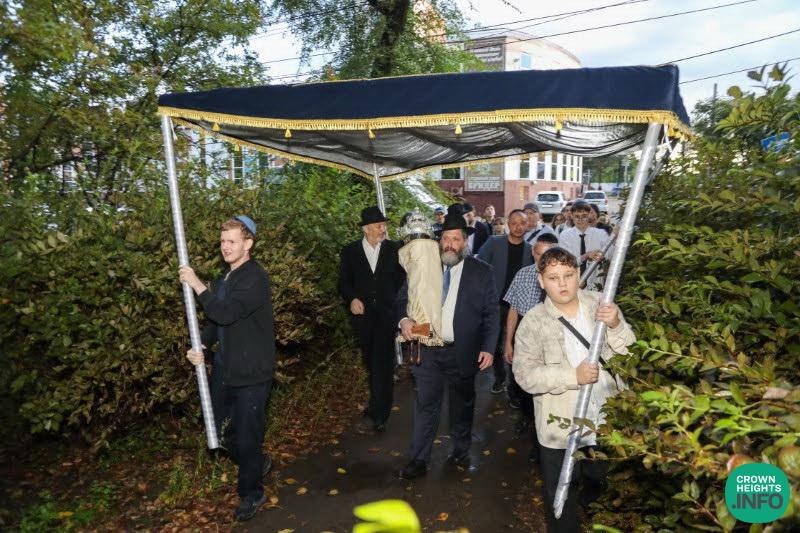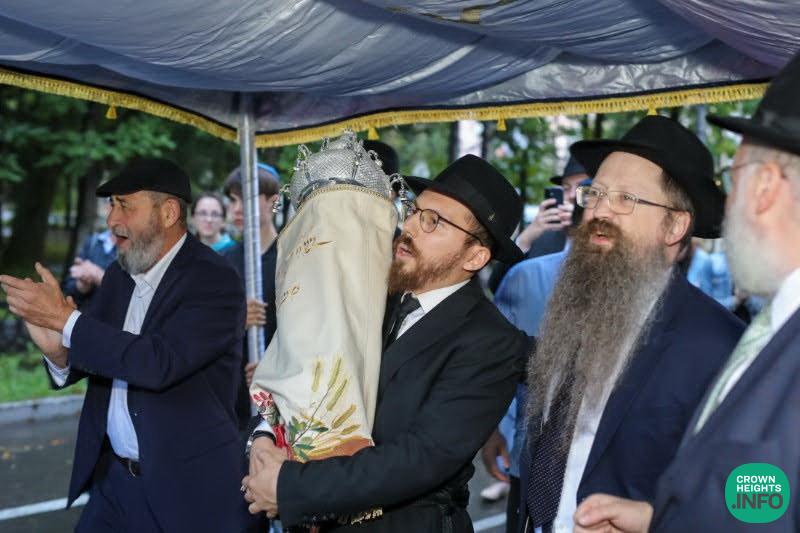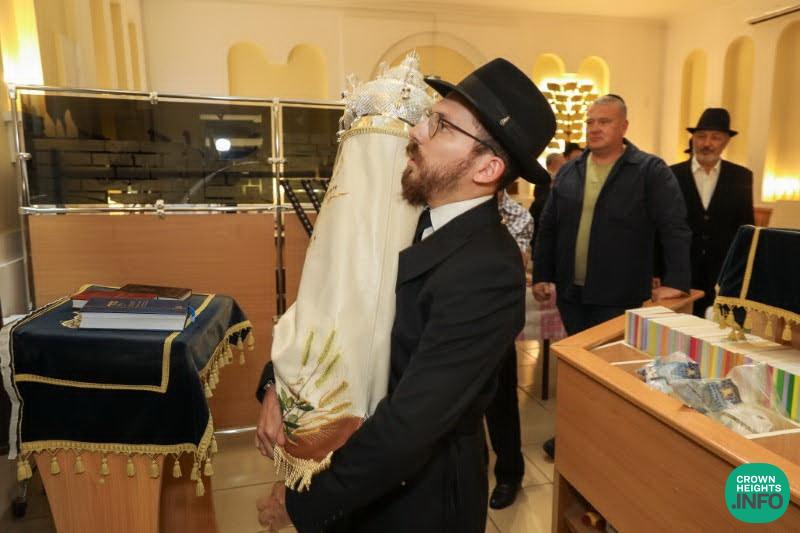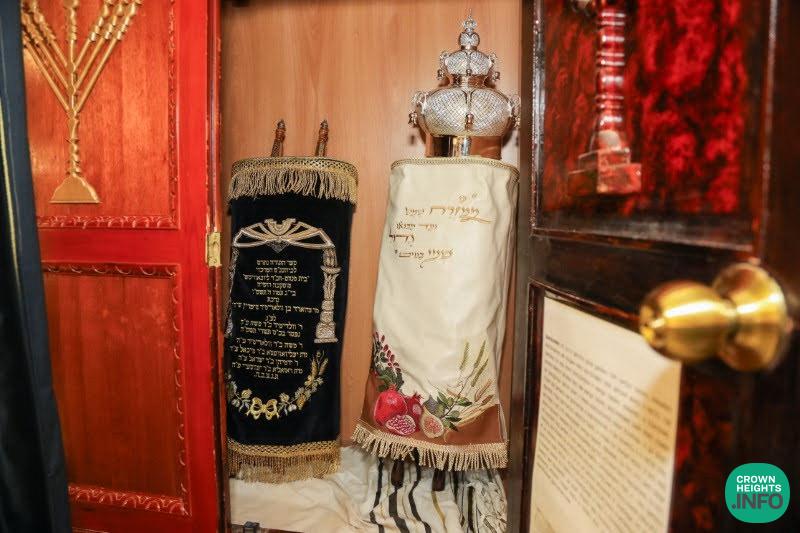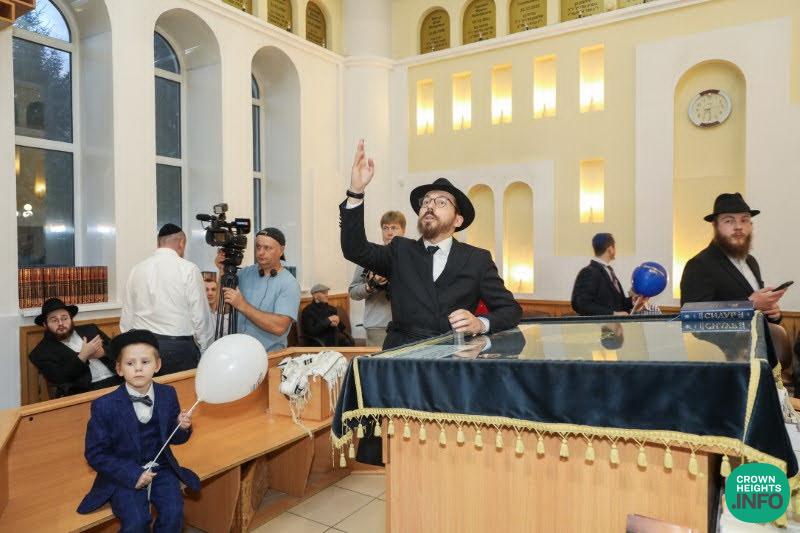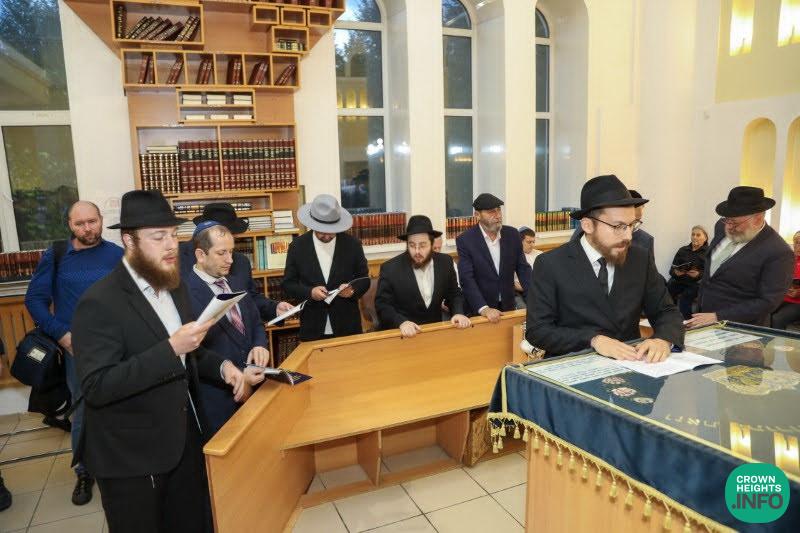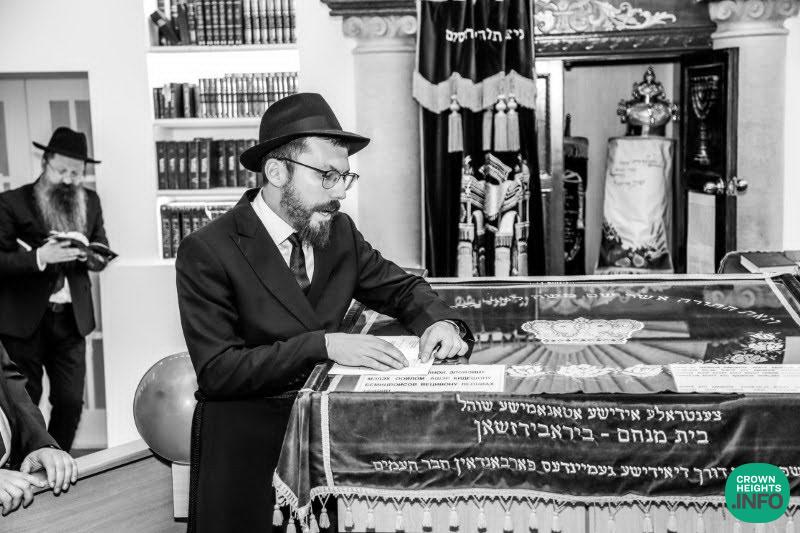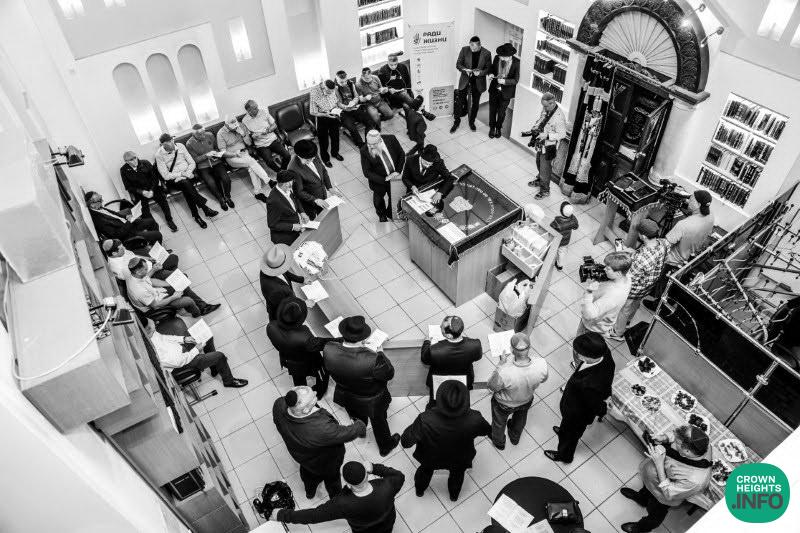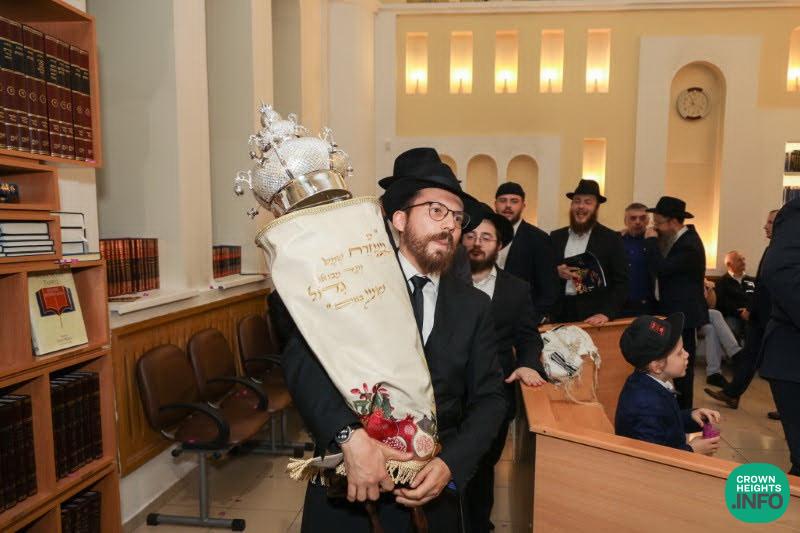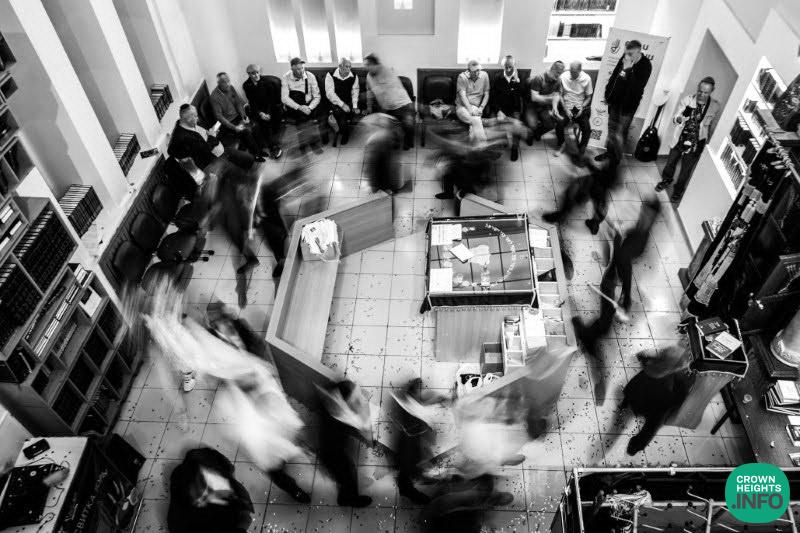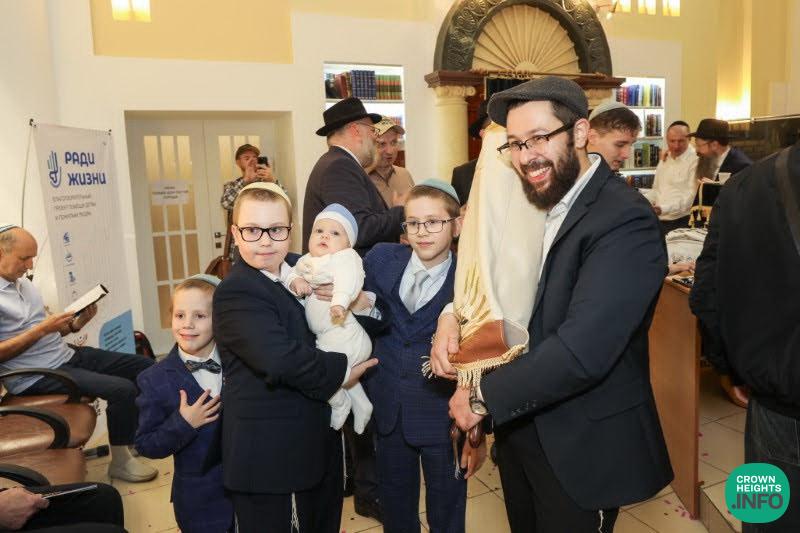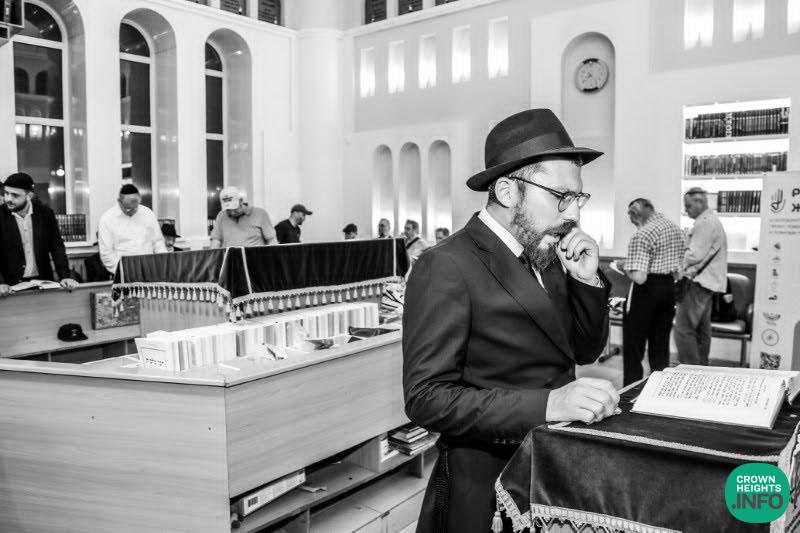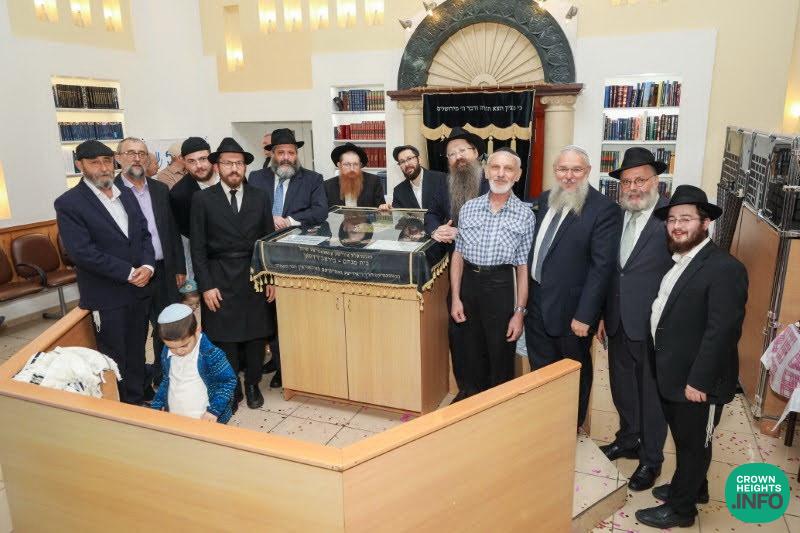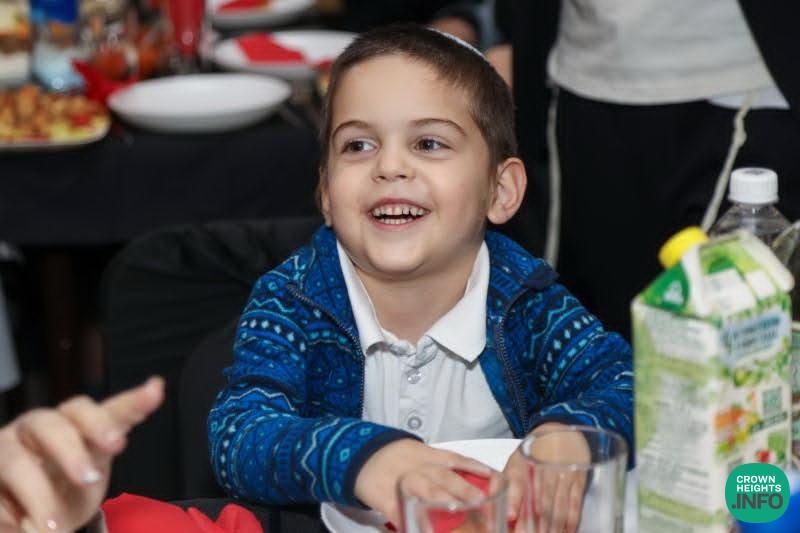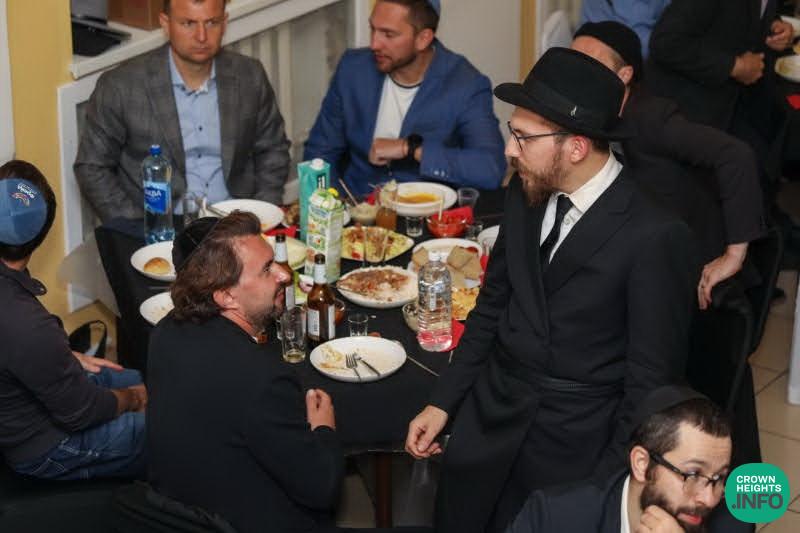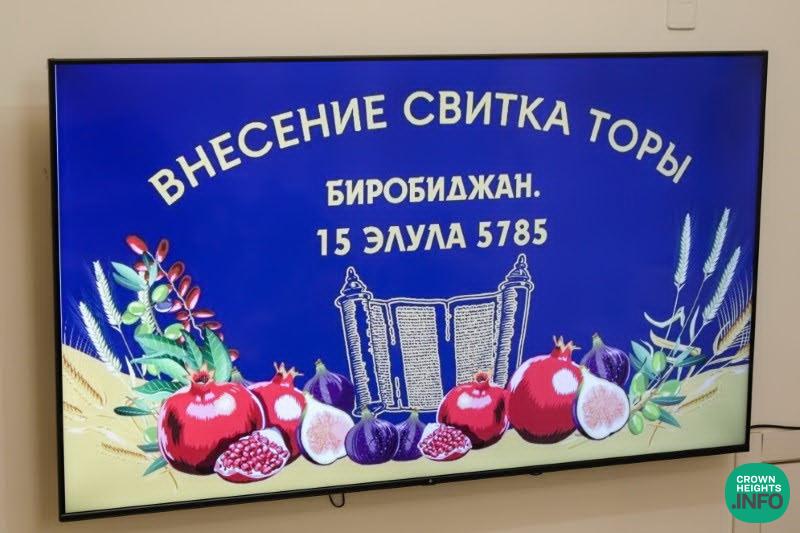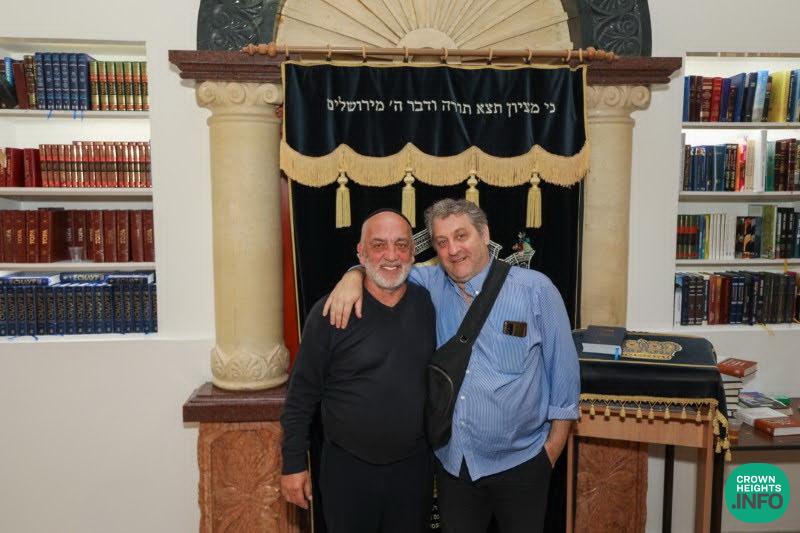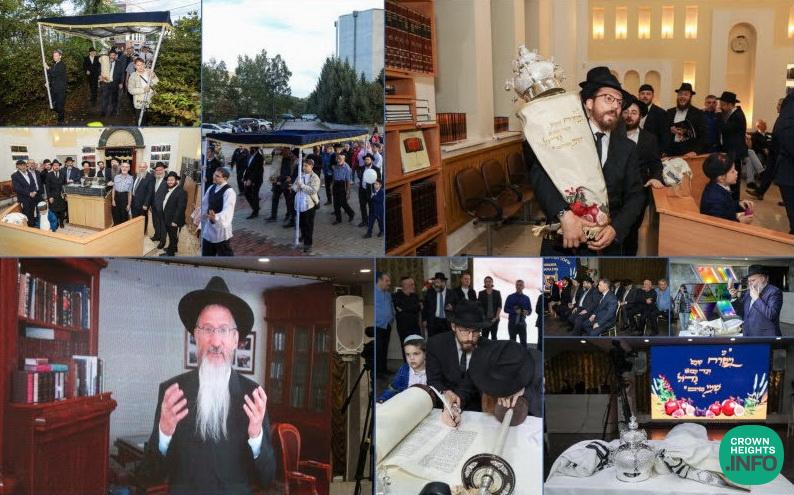
The “Jewish Autonomy” Area of Russia Receives It’s First Sefer Torah
In the Far East of Russia, close to the border with China, lies the city of Birobidzhan. It was established about ninety years ago by the Soviet government, when dictator Stalin conceived the ill-fated idea of settling all the Jews of his empire there. This remote region of Russia is located east of Siberia, about 7,000 km from Moscow. The location borders Alaska in the USA to the north, and Japan, China and Korea to the south. Together with neighboring Khabarovsk, it is the largest region in Russia in terms of area, but the most sparsely populated.
Despite being a “Jewish autonomy” during the Soviet period, the tens of thousands of Jews who immigrated to the autonomy were forbidden from leading an open Jewish life there. However, since the arrival of the Lubavitcher Rebbe’s emissaries, there has been a Jewish renaissance in the city that is constantly developing, but they did not have their own Torah scroll – until this week!
About a year and a half ago, at the annual “Shabbat Achdus” the Shluchim to Russia, gathered under the leadership of the Chief Rabbi of Russia, Rabbi Berel Lazar Shlita, in the city of Kaliningrad – a Russian enclave in Europe, where they were hosted by the local Shliach Rabbi Avraham Baruch Deutsch. That shabbos, Rabbi Binyamin HaCohen Wagner, the Shliach to Krasnoyarsk, heard from the Shliach to Birobidzhan, that his city did not yet have their own Torah scroll, and they were reading from a scroll borrowed from the central “Marina Roscha” shul in Moscow. Then and there, Rabbi Wagner took upon himsled to assist in obtaining a Torah scroll for the community in the city of Birobidzhan.
With great emotion and joy, the word spread among the community members in the city that they too would soon receive a Torah scroll, and indeed in the midst of the month of mercy and forgiveness, a historic event was held in the city to complete the writing of the letters and introduce a new and magnificent Torah scroll. A large procession made its way throughout the city – where signs can still be found in Yiddish – the official language of the district. The procession continued to the synagogue building, which serves the city’s Jews on a daily basis.
At the beginning of the ceremony, greetings were read from the Chief Rabbi of Russia, who has visited the region several times and whose love and devotion spreads forth from Moscow to all communities throughout the country. The letter was delivered to Birobidzhan through Rabbi Ephraim Kolpak, a native of the city of Kharkov and a former student at educational institutions in Moscow, who, since coming to the region with his family, has promoted the activities of the local Jewish community in an astonishing manner.
The President of the Federation of Communities in Russia, Rabbi Alexander Boroda, also sent his greetings; and the event was attended by many distinguished guests, including the father-in-law of the city rabbi, Rabbi Yaakov Snetkov, Shliach of Khabarovsk, located about 250 kilometers away; as well as: the rabbi of Irkutsk in Siberia, Rabbi Aharon HaCohen Wagner; the rabbi of Vladivostok, Rabbi Israel Wilhelm; the rabbi of Krasnoyarsk, Rabbi Binyamin HaCohen Wagner, who arrived with a special delegation headed by the donor of the Torah scroll, Mr. Jan Yankovich, Rabbi Shlomo Ne’eman, and many others.
A distinguished government delegation came to honor the event, led by the district governor, who expressed to the numerous media outlets that covered the event the support and blessing of the entire government, and their appreciation for the activities of the city rabbi and all members of the Jewish community, who preserve history and work hard among Jewish youth throughout the district.
During the speech of the city rabbi, Rabbi Ephraim Kolpak, on behalf of the entire community, he thanked Rabbi Wagner, the donor and his family, and the Scheiner family for designing the prestigious Torah scroll mantel. After years of activity and shlichus in this city about a decade and a half ago, and the fruits of their blessed peulos are evident to this day.
Photo: L. Chormalino
